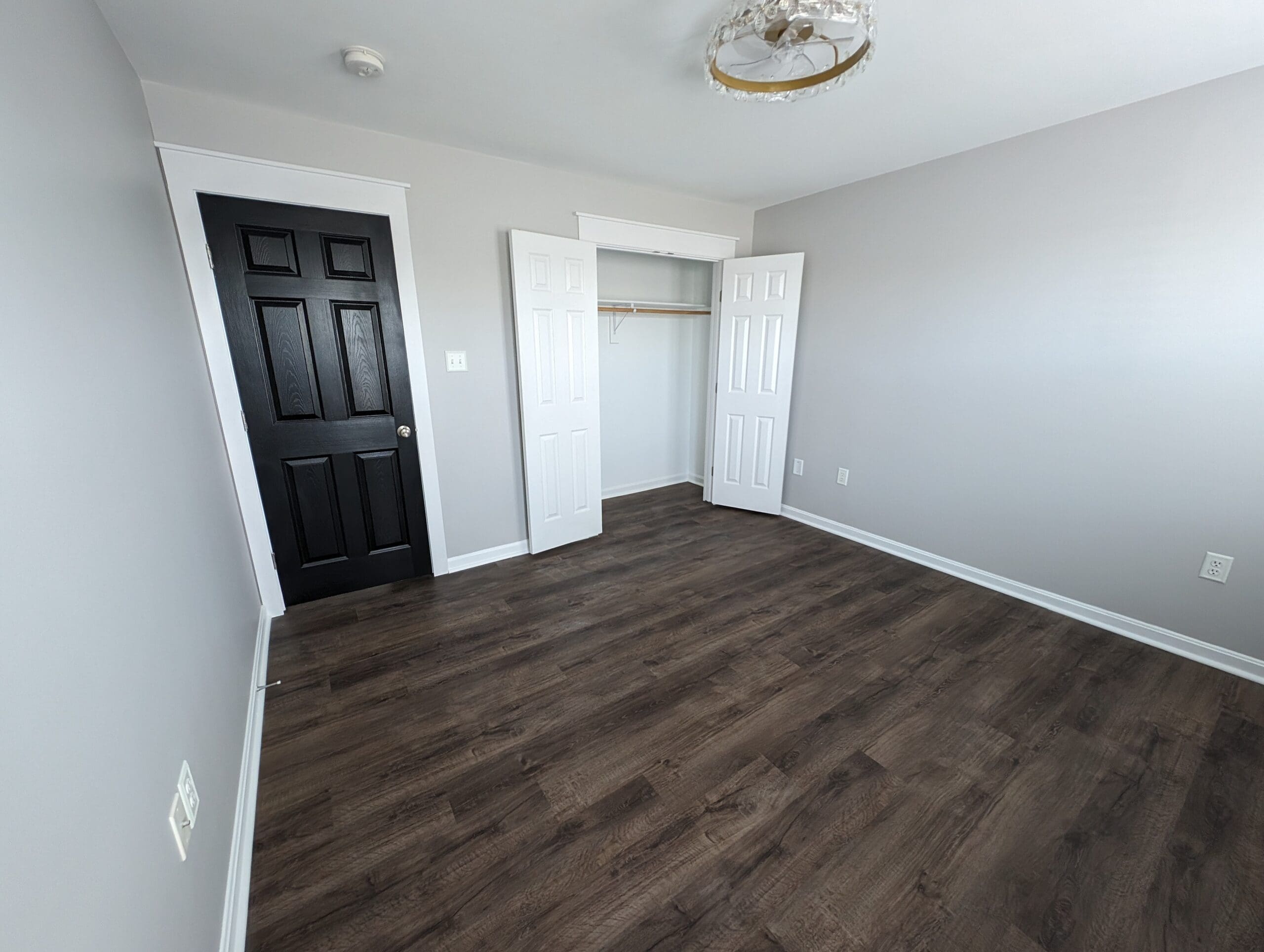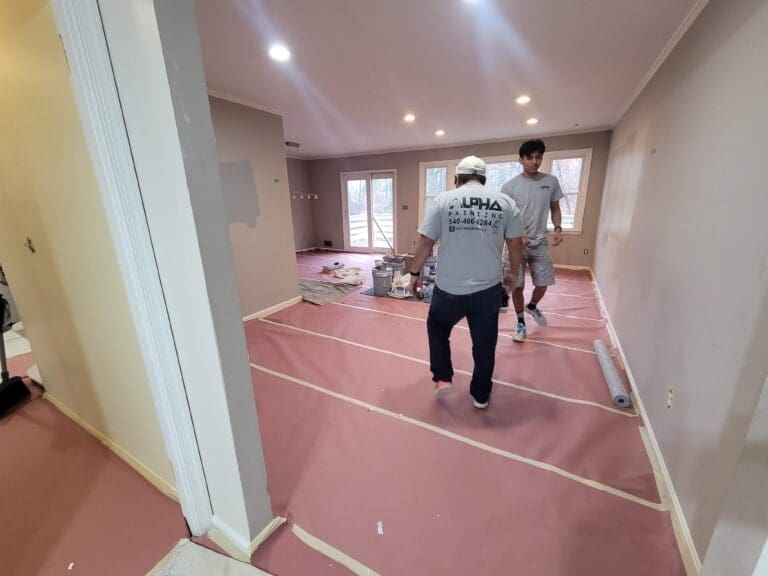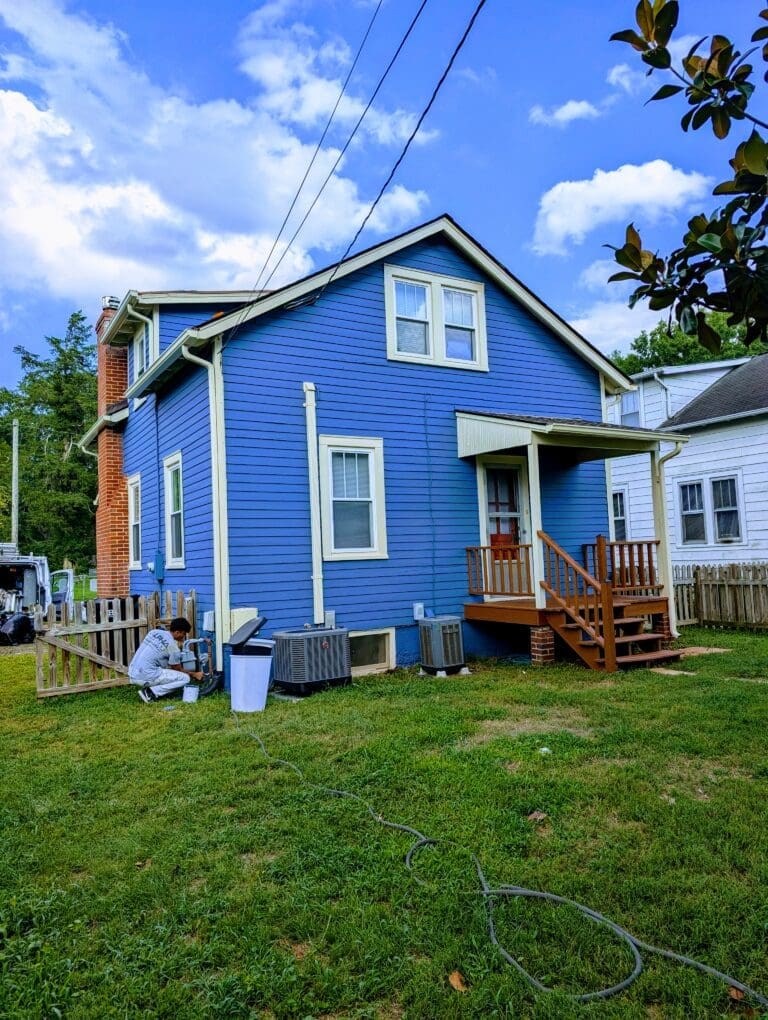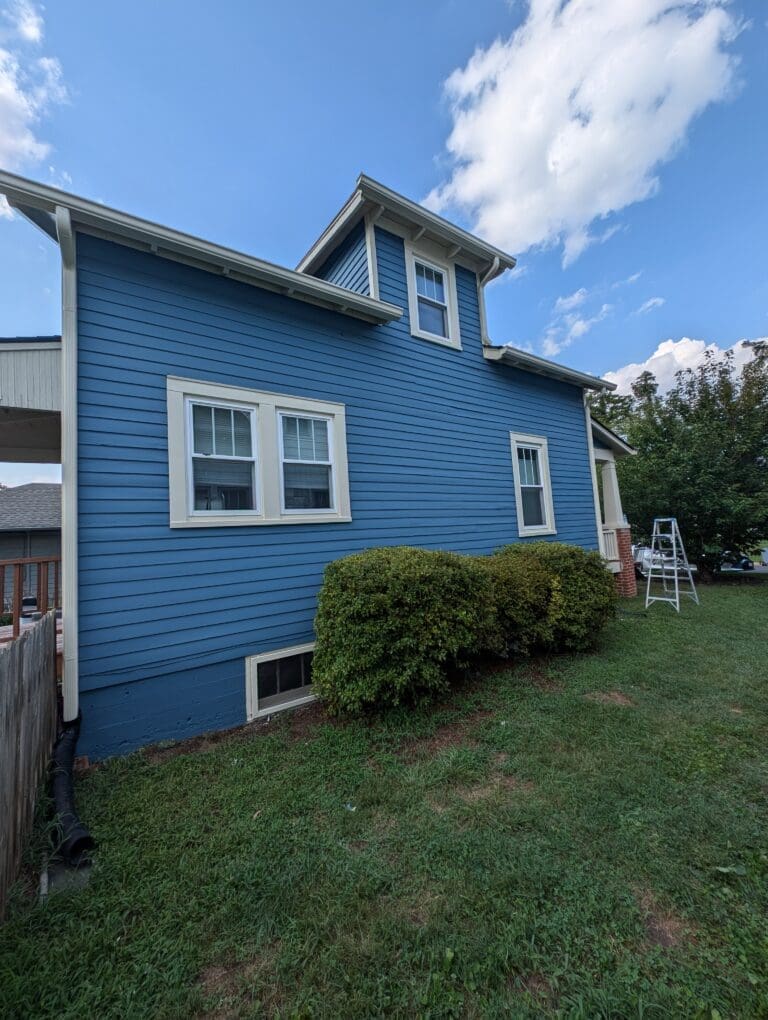Basement Painting Tips to Brighten and Protect Your Space
A basement can feel like an entirely different part of your home. Often tucked away and prone to dampness, it demands careful attention to both appearance and durability when painting. A well-painted basement doesn’t just look better; it can completely transform the way the space feels and functions. With the right planning, techniques, and materials, you can create a bright, welcoming area that stands strong against moisture and wear. At Alpha Painting, we specialize in helping homeowners achieve exactly that with our expert interior painting services, ensuring beauty and protection go hand-in-hand.
Table of Contents
Choosing the Right Paint for a Basement Environment
Selecting the right paint is more critical in a basement than in any other part of the home. Basements typically deal with higher humidity levels, temperature fluctuations, and limited natural light. Standard wall paints might not hold up well under these conditions. Moisture-resistant paints or specialized basement paints are designed to withstand dampness and inhibit mold growth.
When choosing colors, opt for lighter shades to counteract the often limited lighting. Soft whites, gentle grays, and light beiges reflect whatever light is available, making the area feel more spacious and less confined. Paints with a satin or semi-gloss finish add a slight sheen that reflects light further, without highlighting every imperfection on the walls.
Addressing Moisture Issues Before Painting
Painting over a moisture problem is one of the biggest mistakes a homeowner can make. It is essential to inspect your basement thoroughly before picking up a paintbrush. Look for signs of water stains, efflorescence (the white powdery substance on concrete or masonry walls), peeling paint, and musty odors. These indicate active moisture issues that need correction.
Before painting, use a dehumidifier to lower moisture levels, repair any cracks in the foundation, and consider applying a waterproofing sealant if necessary. Skipping these steps can lead to premature paint failure, mold problems, and further damage to your basement walls.
Proper Surface Preparation Sets the Stage for Success
Basement walls often have unique surfaces — concrete, cinder block, or previously painted masonry — and each demands thorough preparation. Start by cleaning the walls meticulously to remove dust, cobwebs, and any lingering mildew. A solution of water and mild detergent works for general cleaning, but if you find mildew, use a mixture of water and vinegar or a commercial mildew cleaner.
Once clean, inspect for any cracks or holes. Fill imperfections with hydraulic cement or a patching compound suited for masonry surfaces. After repairs are dry, sanding the surface lightly can help the new paint adhere better. Applying a masonry primer is the final step before painting, ensuring optimal adhesion and durability.
Maximizing Light and Space Through Color and Technique
Color choice has a powerful impact on how a basement feels. Neutral colors remain a popular choice, but don’t be afraid to add a hint of personality with pastel tones or soft blues. These hues maintain brightness but introduce a subtle, inviting atmosphere.
Painting the ceiling white or a very pale shade makes a huge difference. Many basements have low ceilings, and a white ceiling visually lifts the height, making the room feel more open. If your basement has exposed ceilings with beams and pipes, consider spraying them a uniform color instead of trying to hide them. A clean, monochromatic look can modernize the space and make it feel intentional rather than unfinished.
Best Practices for Painting Basement Floors
Basement floors, often made of concrete, deserve as much attention as the walls. Bare concrete can look cold and industrial, but the right floor coating turns it into a finished surface that is both attractive and functional. Epoxy coatings are a top choice for basement floors because they resist moisture, stains, and abrasions.
Before applying any floor paint or epoxy, the floor must be free from grease, old adhesives, and sealers. Testing for moisture is important, too; taping a square of plastic to the floor and checking for condensation after 24 hours can reveal hidden moisture issues. Etching the surface with a special solution can help the coating bond better if the concrete is very smooth.

Maintaining Your Newly Painted Basement
Once you’ve put the effort into creating a bright, welcoming basement space, a little maintenance will go a long way. Keep humidity levels low with a dehumidifier, especially during humid seasons. Address any leaks immediately to prevent water damage. Regular dusting and occasional gentle cleaning of walls and floors preserve the fresh look.
If you notice minor scuffs or marks over time, touch-up painting can easily refresh the area without needing a full repaint. Keeping some of the original paint stored properly helps match the color exactly for these touch-ups.
Common Mistakes to Avoid During Basement Painting
Skipping surface preparation ranks as one of the most common missteps. Painting directly over dusty, dirty, or damp walls leads to poor adhesion and early failure. Using the wrong type of paint is another frequent issue. Standard latex paint won’t stand up to the moisture often found in basements.
Another mistake is underestimating the impact of proper lighting. Even with bright wall colors, a poorly lit basement feels gloomy. Adding sufficient overhead lighting or strategically placed lamps enhances the paint color and improves the overall feel of the room.
Finally, rushing through the process, especially priming, often leads to disappointing results. Investing time in proper prep work and allowing each coat to dry thoroughly ensures a longer-lasting, better-looking finish.
Creating a Space You Actually Want to Spend Time In
Basements hold tremendous potential, whether you envision a cozy family room, a sleek home gym, or a productive office space. Painting the space thoughtfully transforms it into a vibrant extension of your home rather than a forgotten storage area.
Choosing quality materials, addressing any underlying issues, and following the right techniques creates results that are not only beautiful but built to last. With expert advice and professional services available, such as those from Alpha Painting, your basement can become one of the most inviting spaces in your home.






